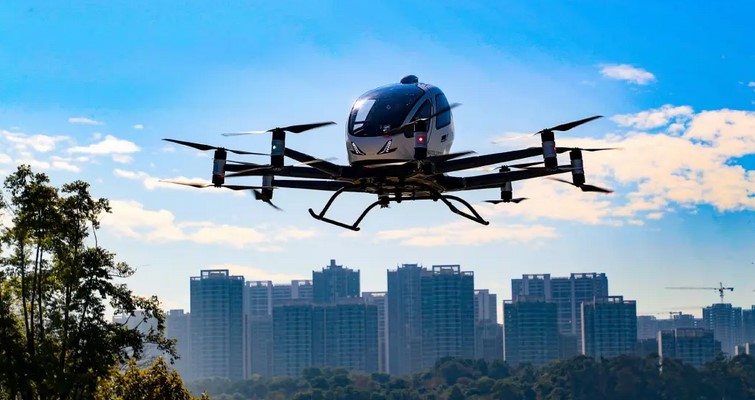
PEEK, or Polyether Ether Ketone, is a high-performance specialty engineering plastic known for its exceptional mechanical properties, chemical resistance, heat resistance, and wear resistance. It is widely used across various industries. With the rise of the low-altitude economy, the development opportunities for PEEK materials in this field are becoming increasingly prominent.
Overview of the Low-Altitude Economy
The low-altitude economy refers to various economic activities that utilize low-altitude airspace resources, including but not limited to drone logistics, low-altitude tourism, and air taxis. With technological advancements and policy support, the low-altitude economy is gradually becoming a new driver of economic growth.
Characteristics of PEEK Material
Heat Resistance: PEEK can maintain its performance under extreme temperatures, making it an ideal material for manufacturing high-performance aviation components.
Mechanical Strength: PEEK has high tensile strength and fatigue resistance, making it suitable for withstanding repeated use and extreme loads.
Chemical Resistance: PEEK has excellent resistance to most solvents, chemicals, and radiation, making it suitable for use in harsh environments.
Self-Lubrication: PEEK's self-lubricating properties reduce friction between components, extending the lifespan of equipment.
Applications of PEEK in the Low-Altitude Economy
Drone Components: PEEK can be used to manufacture drone frames, propellers, and engine parts, improving their performance and reliability.
Aviation Engines: The heat resistance and mechanical strength of PEEK make it an ideal material for internal components of aviation engines.
Low-Altitude Vehicles: PEEK can be used to produce lightweight structural components for low-altitude vehicles, such as seats, doors, and window frames.
Sensors and Control Systems: PEEK's chemical and temperature resistance makes it suitable for manufacturing housings for sensors and control systems.
Development Opportunities
Technological Innovation: With the development of new materials and manufacturing technologies, the application range of PEEK will further expand.
Growing Market Demand: As the low-altitude economy rapidly develops, the demand for high-performance materials will continue to grow.
Policy Support: Government support for the low-altitude economy will provide more opportunities for the application of PEEK materials.
Environmental Friendliness: The recyclability and low environmental impact of PEEK make it a preferred material for sustainable development.
Challenges and Responses
Cost Issues: The cost of PEEK materials is relatively high, requiring technological innovation and large-scale production to reduce costs.
Technical Standards: It is necessary to establish and improve technical standards and regulations for the application of PEEK materials in the low-altitude economy.
Talent Development: Strengthening talent development in related fields is essential to meet the demand for professionals in the low-altitude economy.
Conclusion
Thanks to its outstanding performance, PEEK material plays an important role in the development of the low-altitude economy. With technological advancements and growing market demand, PEEK has broad application prospects. Through technological innovation, policy support, and talent development, PEEK materials will play a greater role in the low-altitude economy, driving the growth of related industries.